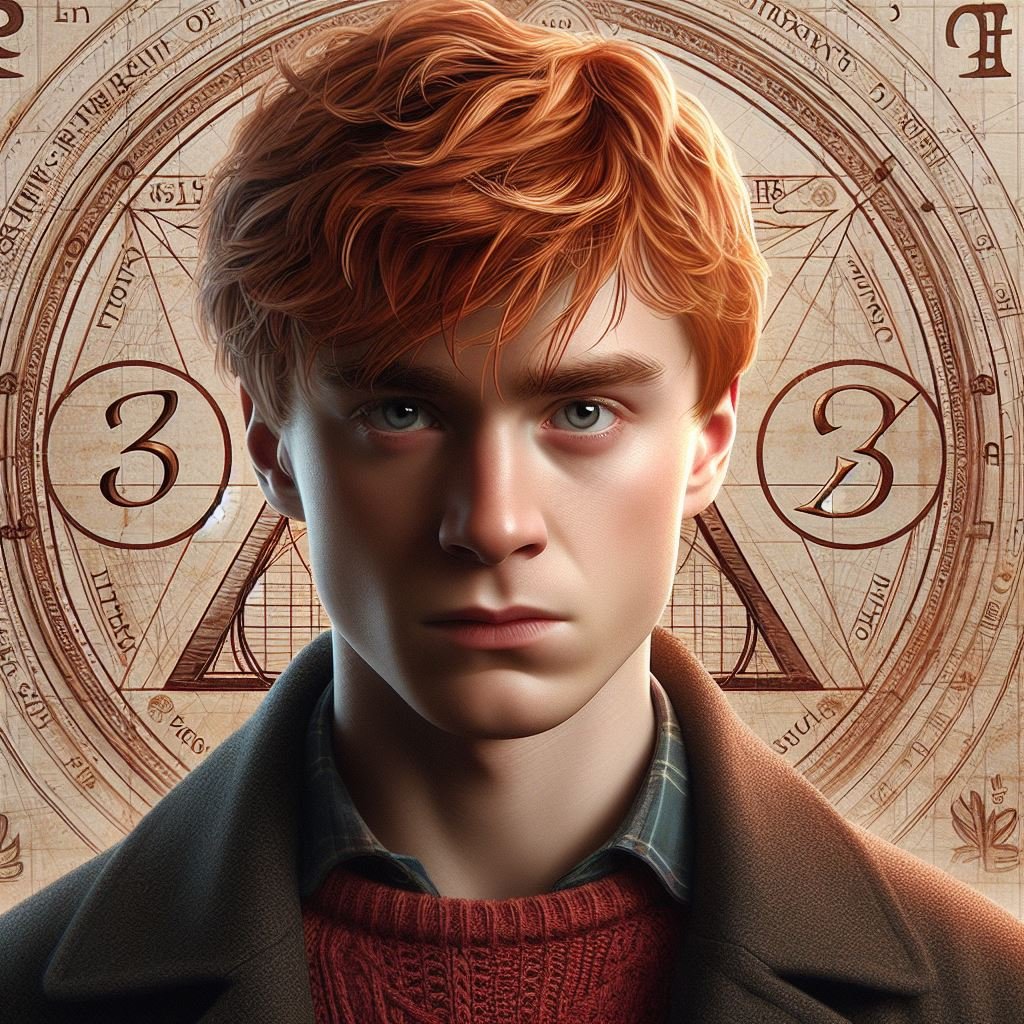What’s Your Number - Enneagram Types Part 1
People have been attempting to answer the questions "Who am I?" and, more crucially, "Why are we the way we are?" since the beginning of time. The answer to this issue lies at the foundation of numerous career paths, including those in psychology, coaching, counselling, astrology, and even religion. That is why there are a plethora of diverse personality assessments available in the industry to help individuals understand and adapt. Nowadays, personality tests such as the MBTI, Big Five, DISC, and Enneagram are very popular.
Among these, the Enneagram is one that I have only recently heard of; yet, it has a legend that dates back 4,500 years! The present-day model is known to have been developed in 1930, much closer to our century. Following the First International Enneagram Conference at Stanford University in 1994, it gained popularity and eventually was embraced by Christian evangelists.
I first learned about Enneagram through Andy Stanley’s leadership podcast, but at the time I had no idea of its spiritual roots. I identified strongly with its model of personality identification and development, perhaps because I was unaware of that. It also enabled me to see how my decisions and methods of operation affect other people. I am a huge Harry Potter fan, therefore my mind automatically associates certain personality types with particular characters. Prepare to experience the Enneagram through the Potter lens!
Transfiguring Enneagram
The fundamental variations among the nine Enneagram personality types are based on the underlying values or beliefs of each individual. Each person's motives, anxieties, interactions with others, and reactions to stressors are then influenced by this fundamental idea. The Enneagram's greatest feature is that it does not promote a certain personality type over others. It suggests each of them is normal and necessary.
Because individuals rarely fit neatly into one type or another, the Enneagram includes the concept of wings to account for subtle differences in features. Furthermore, because our personalities continually evolve due to the experiences we have had, Enneagram provides link lines to accommodate this. To keep the discussion focused, we will not go into great detail on those in this blog.
I have considered all the Harry Potter characters as employees of Albus Dumbledore, who serves as the head of an organization—the Dumbledore Army, you see. We shall examine Dumbledore's reasoning behind assigning them certain tasks in light of their strengths and weaknesses. This will also demonstrate how you ought to guide your own team.
Type One – The Perfector – Hermione Grangers
The Perfectors aim for absolute excellence in whatever they do. They have strong ethical principles, strict adherence to rules, high expectations for themselves, and the capacity to concentrate and complete tasks on schedule.
Dumbledore understood that Hermione’s keen sense of observation would keep Harry and Ron on their toes. Additionally, he was confident that she was capable of improving anything and would teach them what was right.
The biggest drawback of the One is their expectation of others' perfection. They could become angry when others do not meet their expectations. In addition, they might carry on working on their projects until they meet their exacting standards.
When making decisions, the Ones make decisions based on their intuition and then quickly attempt to validate it with evidence. They may even keep postponing any decision until they know they can achieve perfection.
Type Two – The Helper – Molly Weasleys
The Helpers have kind, compassionate dispositions. They are very approachable, smile easily and usually take others under their wing. Making sure they are loved, needed, and valued is what drives them.
Because Dumbledore knew Molly had highly developed interpersonal skills and could sense Harry's needs before Harry did, he was pleased to leave Harry with her year after year. She genuinely wants to help! Molly’s love was unconditional, seeking nothing in return except love.
However, Twos prefer to avoid high-conflict environments. They can tend to become suffocating and intrusive. As their attention is diverted towards helping others, they could also become less focused on their deliverables.
Decisions made by Twos will always consider the potential harm to other people. They will therefore be vague and leave the other person confused when they communicate unpleasant news.
Type Three – The Achiever – Percy Weasleys
The Achievers' primary concern is their own and their team's success. They care a great deal about their appearance and desire to come across as cultured and intelligent. They exude charm naturally and are able to accept criticism that develops them.
The early day Percy Weasley is an example of unhealthy Three, who would run over everything and anybody to succeed. He was the type to take short cuts and disregard others. However, he realises his mistakes at the end. He still wanted success, but now he took his family and friends along that journey as well. Because Dumbledore knew he could count on Percy to finish his duties, he made him a prefect.
Threes place a high value on winning. To keep Threes motivated, you must set clear performance goals for them, monitor their progress, and offer incentives when they reach them. Giving them quality targets can also be a good idea because their winning mentality will cause them to sacrifice quality.
When making decisions, threes naturally prioritise victory and will select the most effective route to get there.
As the blog is getting longer, the Enneagram’s Four to Nine will be covered in the next blog. Please stay tuned to check it out.
Update: Next part of the blog is available here. Do check it out for the next 6 Enneagram types, including Harry Potter’s!





